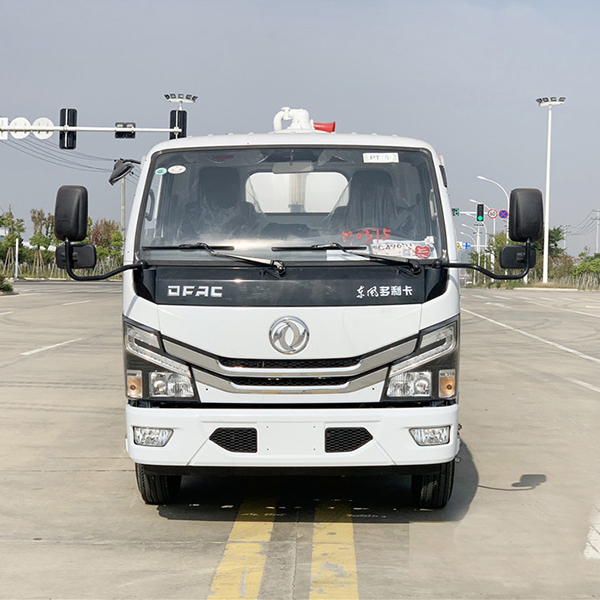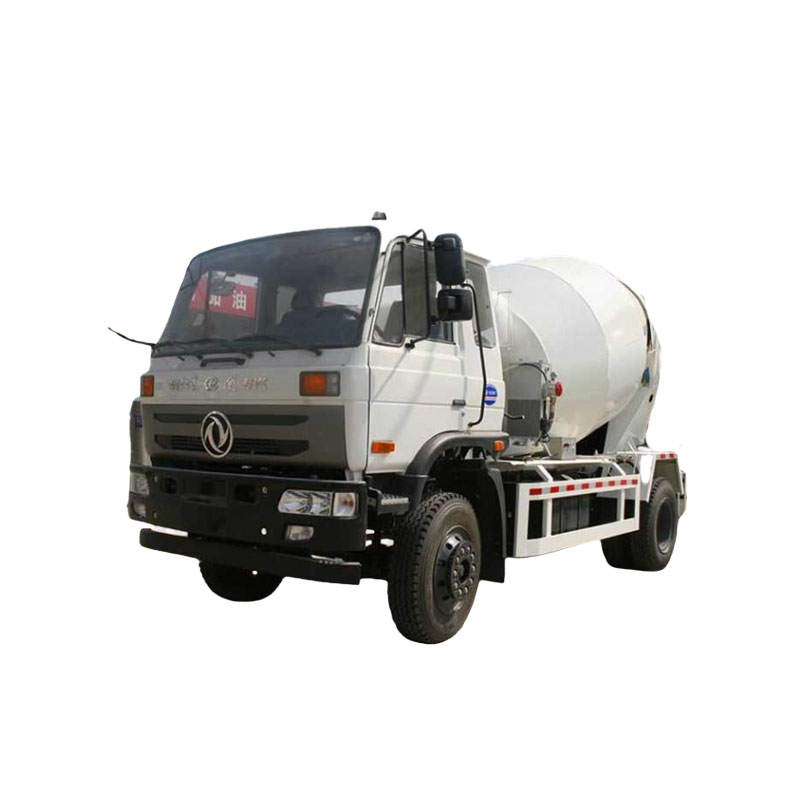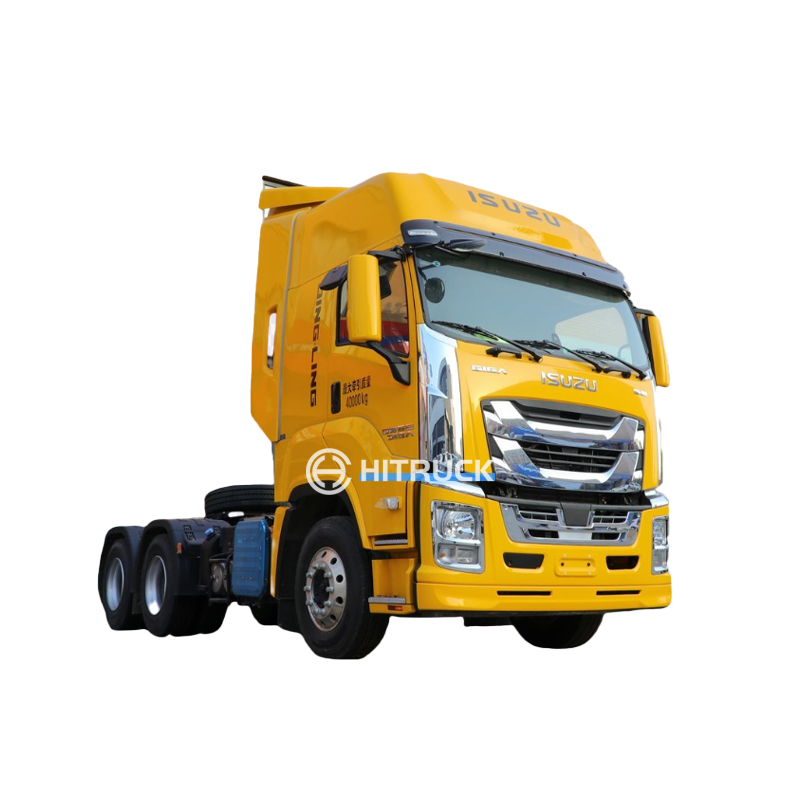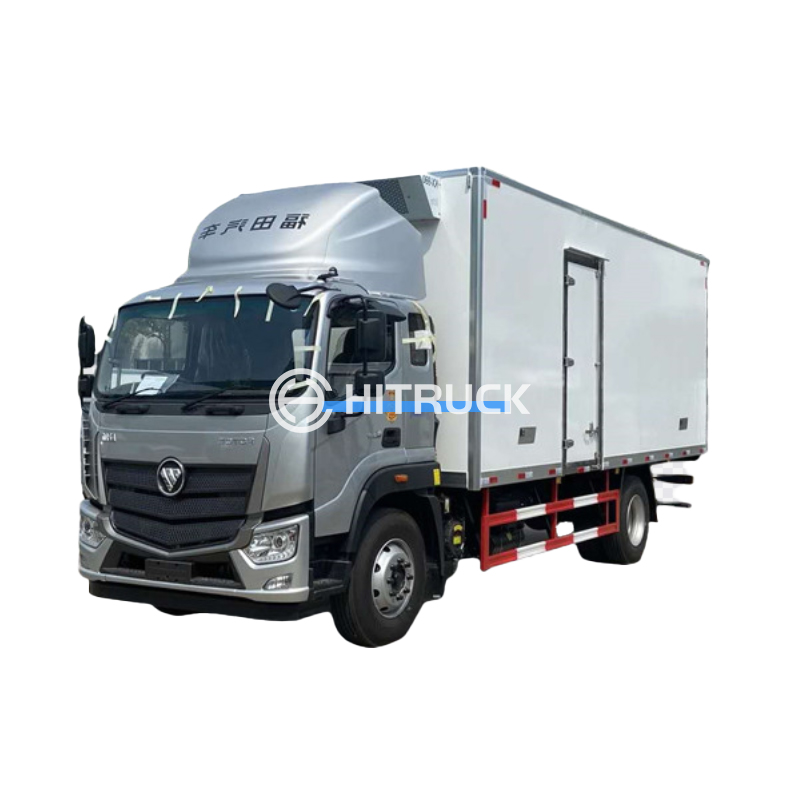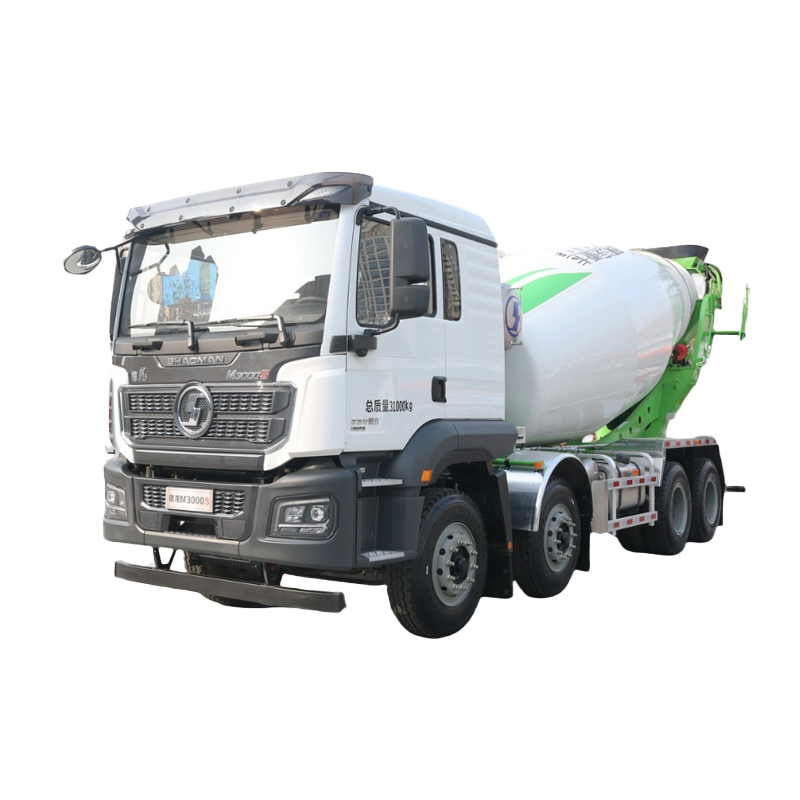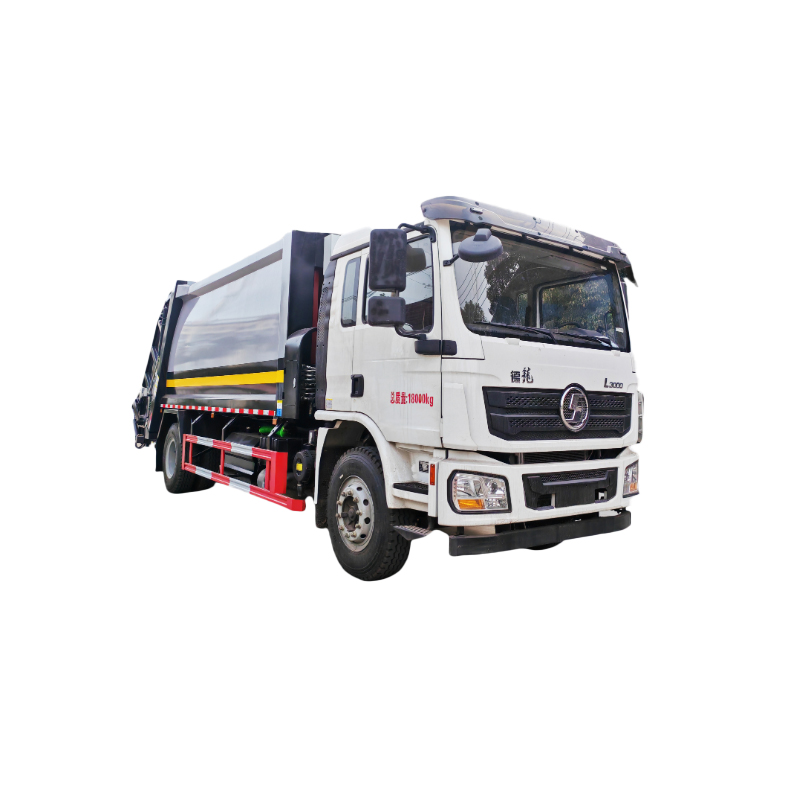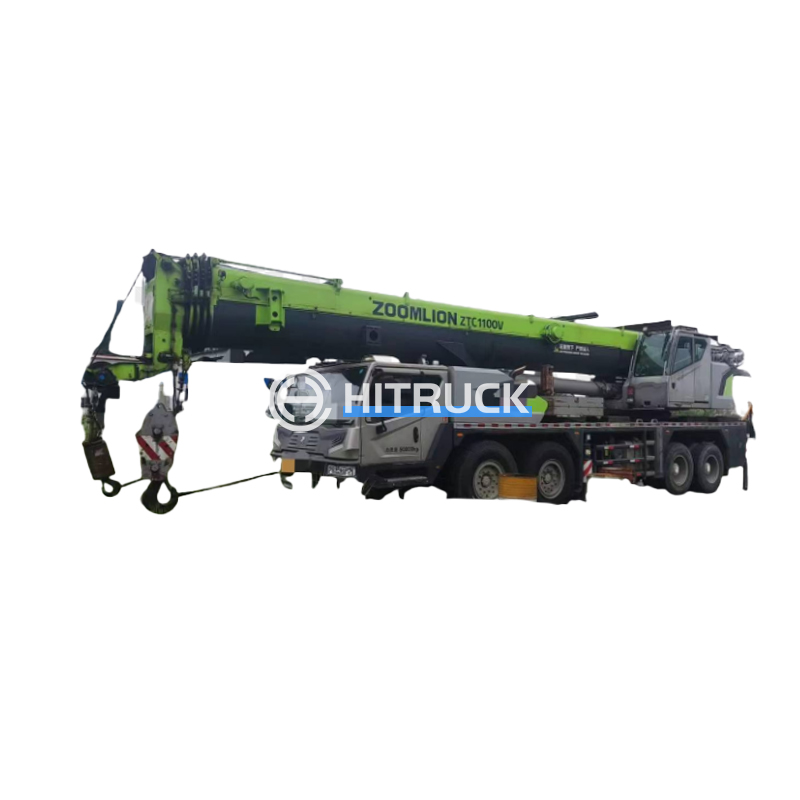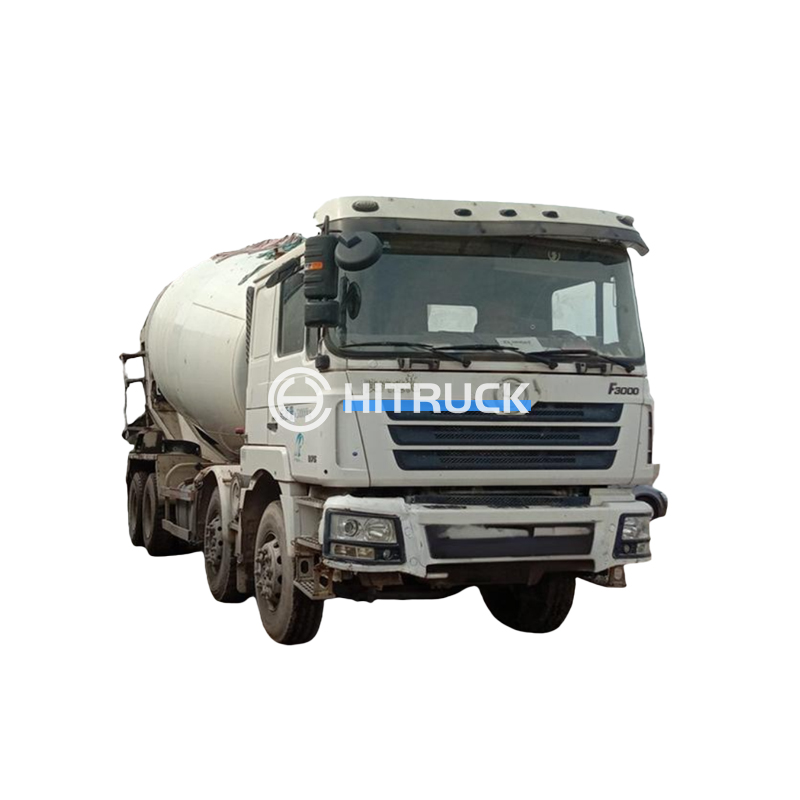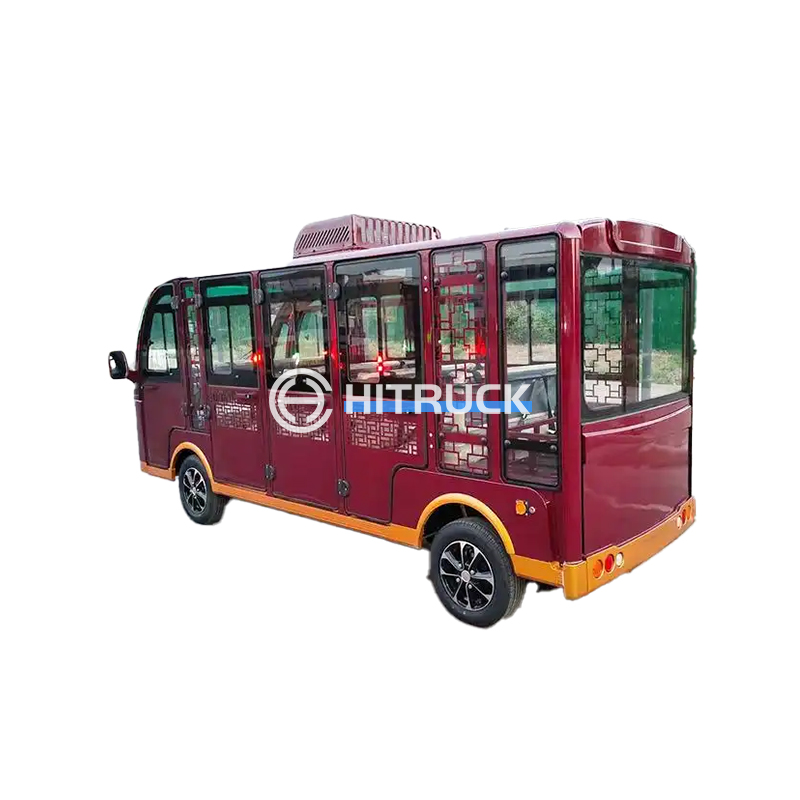This article explores the world of large fire trucks, covering their various types, capabilities, and considerations for choosing the right one for your needs. We delve into the specifications, features, and applications of different large fire truck models, providing insights to help you make informed decisions.
Engine companies are typically the first responders to a fire. Their primary function is to extinguish fires using water or foam. Large fire trucks in this category often carry significant amounts of water, powerful pumps, and a variety of hoses and nozzles. The size and capacity vary greatly depending on the community's needs and the anticipated types of fires. For instance, a rural area might require a truck with a larger water tank compared to a densely populated urban setting where water sources are readily available. Engine companies may also carry other essential equipment like rescue tools and basic medical supplies.
Ladder trucks, also known as aerial apparatus, are crucial for high-rise firefighting and rescues. These large fire trucks possess extendable ladders that reach considerable heights, allowing firefighters to access upper floors of buildings and perform rescues. The length and capabilities of the ladder vary significantly across models; some can even extend horizontally for rescue operations or to access difficult-to-reach areas. These trucks are an essential part of urban firefighting services and are often significantly larger and more complex than engine companies.
Rescue trucks are equipped with specialized tools and equipment for various rescue operations, including extricating individuals from vehicles or collapsed structures. While they may carry some firefighting equipment, their primary focus is on rescue. These large fire trucks often feature hydraulic rescue tools (the Jaws of Life), specialized lifting equipment, and advanced cutting and spreading devices. The size of a rescue truck can vary, but it is usually significant to accommodate the volume of rescue equipment.
Representing the most robust and specialized equipment in many fire departments, heavy rescue trucks offer an expanded capacity for handling complex situations. These trucks are often custom-built or modified to fit specific needs, such as hazardous materials incidents, trench rescues, or large-scale structural collapses. These large fire trucks are typically larger than standard rescue trucks, carrying more powerful equipment and specialized tools for a wider array of scenarios.
Selecting the appropriate large fire truck is a crucial decision for any fire department or organization. Key factors to consider include:
Specific features and specifications vary greatly depending on the manufacturer and the intended use of the large fire truck. Common features include:
For those seeking to purchase or learn more about large fire trucks, several avenues exist. Many manufacturers specialize in fire apparatus, and you can research their websites directly. Additionally, used fire trucks are often available through government surplus auctions or specialized dealers. For information on specific models and their capabilities, refer to the manufacturer's specifications. Remember to explore reputable suppliers that can ensure quality and after-sales service.
For a wide selection of high-quality trucks, consider visiting Suizhou Haicang Automobile sales Co., LTD. They offer a comprehensive range of options to meet various needs and budgets. You can also contact them for assistance in choosing the right vehicle for your specific requirements.
| Feature | Engine Company | Ladder Truck |
|---|---|---|
| Water Tank Capacity (gallons) | 500-1500 | 300-750 |
| Pump Capacity (gpm) | 750-1500 | 500-1000 |
Note: The data in the table above is for illustrative purposes and may vary depending on the specific model and manufacturer.


